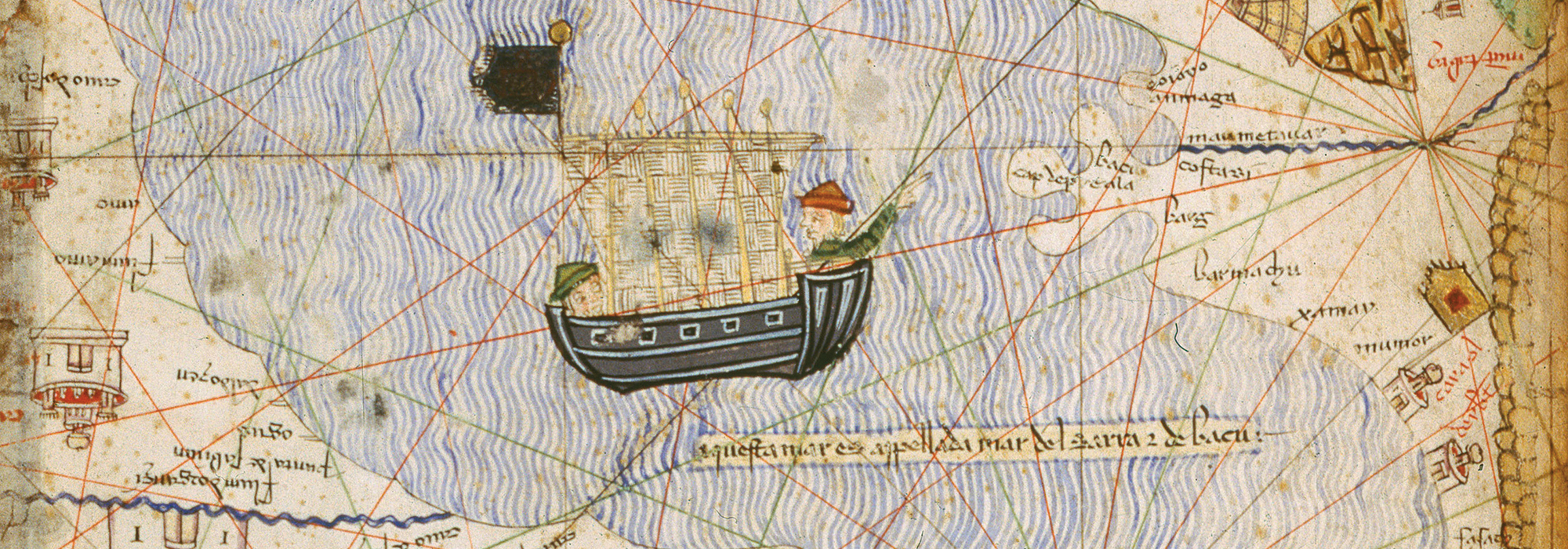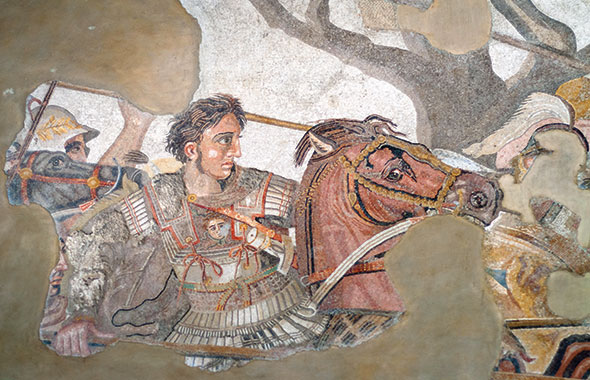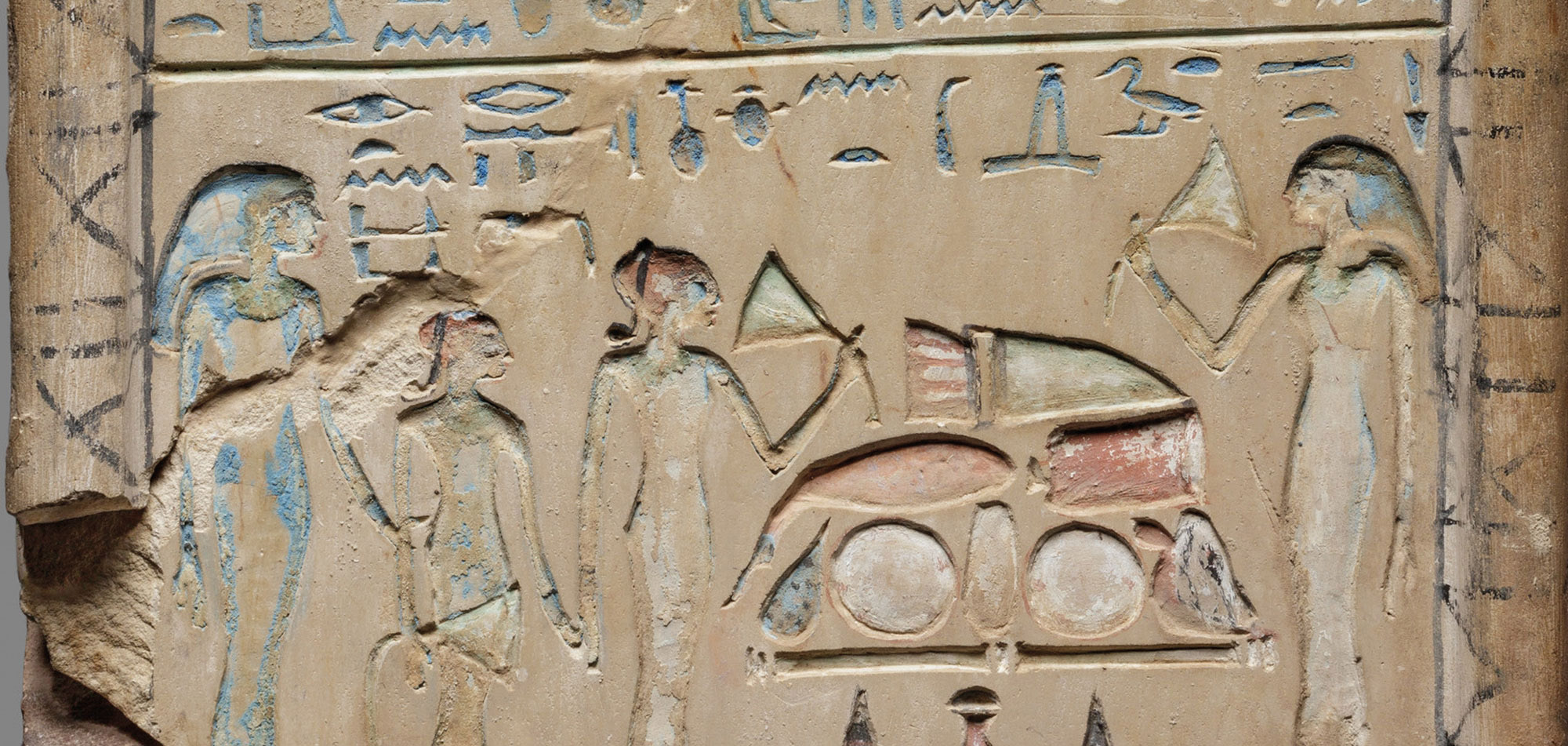
KIEL, GERMANY—According to a statement released by Kiel University, traces of a late Neolithic settlement were mapped during a geophysical survey conducted in northeastern Serbia, near the Tamiš River. “This discovery is of outstanding importance, as hardly any larger Late Neolithic settlements are known in the Serbian Banat region,” said Martin Furholt of Kiel University. The settlement covered more than 27 acres and was surrounded by at least four ditches. Artifacts recovered from the surface of the site indicate that it was inhabited by members of the Vinča culture, which lived in the region between 5400 and 4400 B.C. Fynn Wilkes of the ROOTS Cluster of Excellence added that influences of the Banat culture were also found. “This is also remarkable, as only a few settlements with material from the Banat culture are known from what is now Serbia,” Wilkes explained. To read about a settlement established some 8,200 years ago in Serbia's Iron Gates Gorge, go to "Farmers and Foragers."










